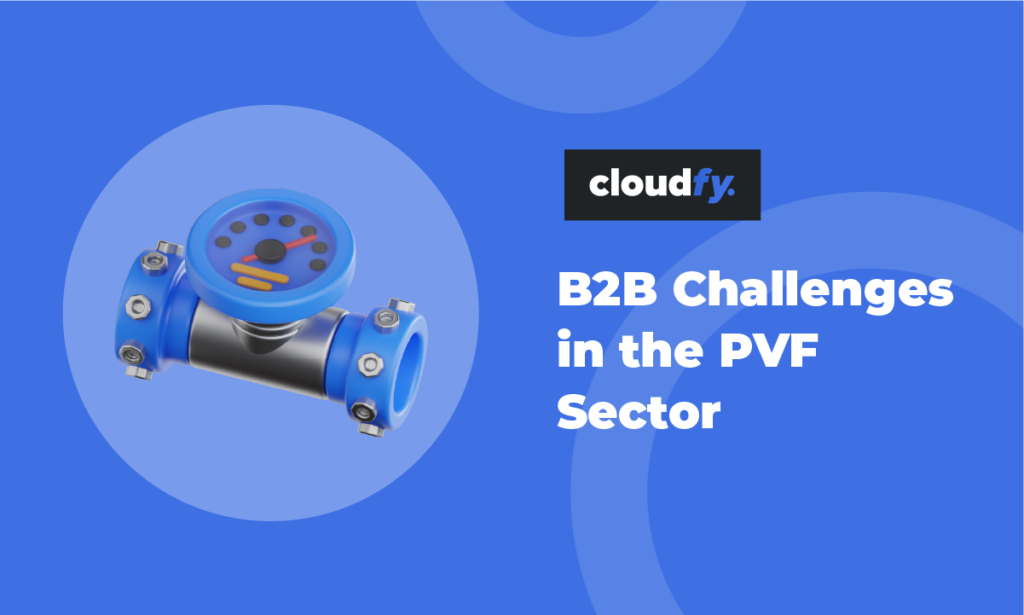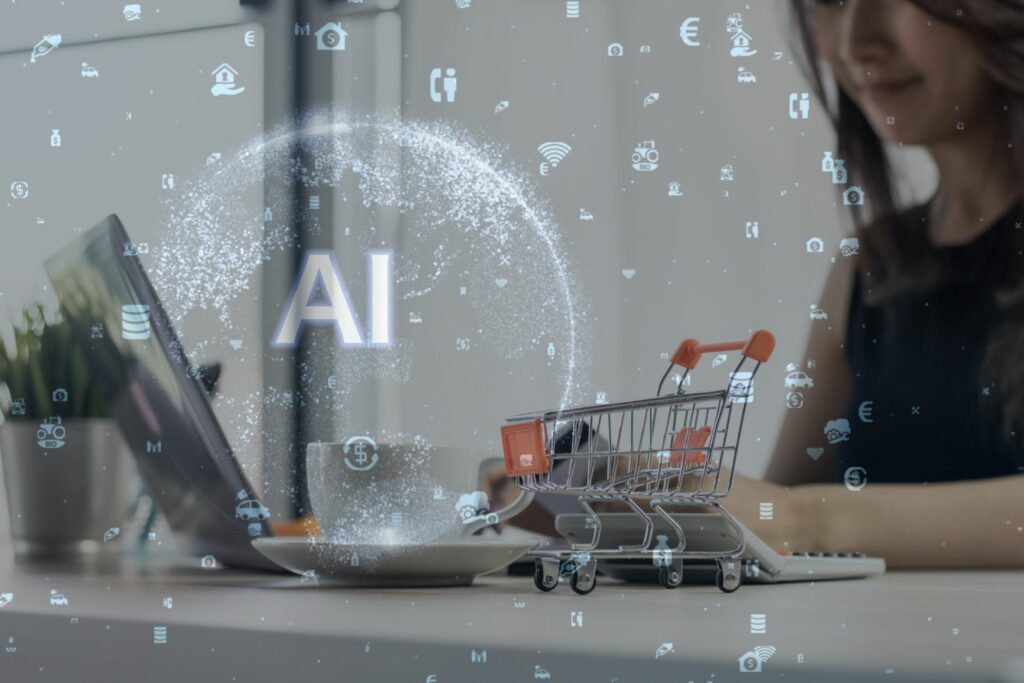Business to business (B2B) buyers are changing and B2B ecommerce must keep pace in 2022.
Overview of B2B buyers in 2022
More than a third of decision makers are now millennials, and many more are influential in the business buying process. They have always used technology as part of their everyday life and expect digital solutions that deliver benefits when they make their work-related purchasing choices.
Increasingly, your buyers also expect the quality of digital customer experiences they receive for their personal shopping. While the B2B buying process is different, it must still take account of what customers want and need and your B2B buyers have very high service expectations.
Traditional in-person sales approaches, print advertising and trade shows are now unlikely to reach your audiences. Their preferences are more likely to be for digital marketing content, online white papers, e-books and social media channels. Your buyers want to know who you are and what you stand for as well as the quality and price of your products.
B2B ecommerce trends in 2022
Self-service – even in more traditional market sectors online self-service became a necessity during the pandemic. Few are likely to return to their previous approaches. B2B buyers also want to make their purchases without having to place orders through your sales representatives, so round the clock online self-service is now a necessity.
This year it will be even more important to provide accurate stock availability information to reassure your customers that they’ll get their products on time, so integration with key business systems such as enterprise resource planning (ERP) and warehousing should be on your agenda.
Social commerce – it’s estimated that social commerce generated almost US$475billion revenue in 2020 and this figure is expected to reach US$2.9 trillion by 2026. Many businesses now recognize that social media channels must be part of their marketing strategy to give them access to new and important business audiences.
Customer retention – while it’s recognized that it is much cheaper to keep your existing customers than it is to acquire new ones, increasing their lifetime value will also be important. Making sure you have accurate and up to date information about their needs and buying preferences will allow you to offer value added products, services, and business terms that will make you into a business partner rather than a supplier.
Customer loyalty programs can increase brand awareness and help with upselling or cross-selling to your existing customers. You can offer transaction-based discounts and priority partnerships. A referral reward scheme will also encourage existing customers to spread the word about your brand in return for a bonus.
Online engagement – while your ecommerce platform might once have been an alternative to a printed catalog or an easy reordering portal for existing customers, it must now play an important part in winning new customers. Optimizing your site for search engines will pay dividends and will be essential to keep pace with more technically minded competitors.
Your B2B buyers will use multiple channels during their buying process so you will want to create a consistent omnichannel presence and engage customers seamlessly across all your channels, both online and offline.
Once you have been discovered online, you must deliver excellent customer experiences or your buyers will move on quickly to an easier-to-use site. Offering a ‘guest checkout’ facility and small order quantities to initial purchases will help to start successful longer term relationships.
Quality content – the B2B buying process is complex and your buyers are looking for high quality content to help them make their choices. This will involve much more than good quality product images and descriptions and is likely to include 3D rendering, explainer videos, and comprehensive technical data. The information must also be easy to find and use and your customer services team will need to be well informed and ready to help. Understanding your customers’ needs and providing content tailored to their requirements will be a priority for your ecommerce business.
Augmented reality (AR) and virtual reality (VR) can help you to create more immersive customer experiences and improve the buying process. Facebook’s introduction of the ‘metaverse’ will make this technology more important in 2022 to capture the attention of millennial buyers and provide an online space where they can review your products before purchasing.
B2B marketplaces – while selling on Amazon might not suit your business model, there are plenty of sector-specific marketplaces designed for B2B sales that will help you reach new audiences. Alternatively, you might consider building your reputation by creating your own marketplace to offer complementary products or services to your customers. You can then become a single solution for all their needs.
Personalization – this isn’t something solely for the retail (B2C) ecommerce market. There’s plenty of evidence to show that B2B buyers are much more likely to choose suppliers that provide personalized online offers and services based on their relationship, previous buying history, and even their current search enquiries. By making your responses relevant and consistent you will improve your customers’ loyalty and lifetime value.
Artificial intelligence (AI) and machine learning (ML) aren’t confined to science fiction. Developments in technology have made them affordable and accessible tools for modern B2B companies. They allow you to use your business data to provide enhanced services based on your customer’s location, their previous product and delivery choices, or even the time of day. You will also learn more about the most effective strategies and approaches.
Fast fulfillment – the pandemic encouraged more people to make online purchases and it also raised their expectations. Retailers offer around the clock customer service and same day delivery and B2B buyers expect the same for their work-related purchases.
Automation can help here, using robots to collect ordered products can speed things up and reduce errors, so investment or partnerships for fast fulfillment will be options to consider this year. Order management software can also help you to manage orders across multiple channels, simplify your supply chain, and build relationships with third party logistics (3PL) providers.
Payments – new payment options supported by the latest financial technology will continue to spread this year to support real time payment, creating a demand for fully integrated payment gateways and frictionless checkouts. However, with around four out of 10 of us already having experienced some type of cybercrime or data breach, security will remain at the top of the priority list.
Sustainability – many retailers are already stepping up to their environmental responsibilities in recognition of their customers’ concerns. B2B companies are also expected to be transparent about their environmental credentials and sustainable solutions as well as their quality and pricing. Energy consumption, sustainable packaging, and energy efficient transport will need to feature in your sustainability marketing messages this year.
Future-proof your ecommerce solution
Cloudfy is a leading B2B ecommerce software for manufacturing, distribution, wholesale and service businesses worldwide. Delivered on a single cloud platform, you can trade online with your customers while fully integrating orders, pricing, product and stock data with a range of ERP, warehouse and accounting back office systems. With regular planned updates throughout the year, you can be confident that you will stay ahead of the ecommerce curve.
Book a free demonstration today to find out more.






